
What Different Types of Earrings Are There? Discover Them All
If you’ve ever wondered what different types of earrings are there, the answer is a fascinating mix of history, style, and craftsmanship. From classic studs with secure gemstone settings to hoops that date back to the Bronze Age, the variety is endless. You’ll also find elegant drop earrings, swinging dangles, opulent chandelier designs inspired by Middle Eastern traditions, and modern styles like threaders and huggies. Made from materials such as gold, platinum, surgical steel, acrylics, and resin, each type reflects a blend of tradition and innovation. Whether you’re drawn to timeless elegance or everyday function, don’t miss exploring waterproof earrings that combine durability with effortless style.
Stud Earrings
Stud earrings, among the most fundamental earring types, feature a simple design where a single gemstone or metal ball sits directly on the earlobe, secured by a post and backing.
You’ll notice their origins date back to ancient civilizations, where artisans crafted studs from gold and semi-precious stones. Over centuries, fashion trends have influenced the evolution of stud designs, from the Victorian era's intricate filigree settings to today's minimalist styles.
When selecting studs, you must consider metal choices—options like platinum, gold, titanium, and surgical steel all offer distinct benefits regarding durability, hypoallergenic properties, and luster.
Gemstone settings, including prong, bezel, or tension mountings, provide both security and visual appeal, making studs versatile for daily wear or formal occasions.
Hoop Earrings
Circular silhouettes, emblematic of hoop earrings, have adorned ears since the Bronze Age, signifying wealth and cultural identity across civilizations from ancient Egypt to Rome.
When you examine hoop styles, you’ll notice variations in diameter, cross-sectional thickness, and closure mechanisms like hinged clasps or endless hoops.
Artisans historically used precious metals—gold, silver, and bronze—as primary hoop materials, often embellishing them with granulation or repoussé techniques for added distinction.
Today, you can choose from a range of hoop materials, including surgical steel, platinum, titanium, and acrylic, each offering durability, hypoallergenic properties, or lightweight comfort.
Modern hoop styles also incorporate geometric, twisted, or textured profiles, reflecting both historical influences and contemporary trends.
Drop Earrings
When you explore drop earrings, you'll encounter an array of designs that suspend decorative elements below the earlobe, connected by posts, hooks, or lever backs.
Technically, drop earrings maintain a fixed or minimally mobile structure, distinguishing them from longer, swinging styles. Historically, drop earrings gained prominence in the 18th century, often crafted from precious metals and gemstones to signify social status.
You'll notice that modern fashion trends favor minimalist geometric forms, pearls, and semi-precious stones, reflecting ongoing innovation in earring materials. Artisans use gold, sterling silver, stainless steel, resin, and even acrylics to achieve a diverse aesthetic.
With their balanced proportions and versatility, drop earrings complement both formal attire and casual ensembles, allowing you to adapt to evolving fashion trends while expressing individual style.
Dangle Earrings
Movement defines dangle earrings, which feature decorative components suspended from the earlobe with significant freedom to swing or sway. Unlike stationary studs or rigid drops, dangles incorporate kinetic elements—chains, beads, or sculpted forms—often attached by jump rings or fine wires.
Historically, cultures such as the ancient Egyptians and Greeks embraced dangle earrings to signify status and adornment, utilizing metals like gold or silver. Today, you’ll encounter a wide array of earring materials, from contemporary acrylics to semi-precious gemstones, reflecting shifts in fashion trends and technological advances.
Dangle earrings adapt to both minimalist and ornate aesthetics, often serving as statement pieces in modern jewelry. Their dynamic engineering and evolving material choices keep them relevant and highly customizable for any personal style.
Chandelier Earrings
Although chandelier earrings trace their origins to the opulence of ancient Middle Eastern and Indian jewelry, today’s designs leverage intricate frameworks that cascade multiple tiers of gemstones, beads, or precious metals.
When you examine chandelier styles, you’ll notice a deliberate emphasis on symmetrical geometry and articulated sections, allowing the earrings to sway elegantly with movement.
Artisans employ chandelier materials such as gold, sterling silver, platinum, and rhodium-plated alloys for structure, often incorporating faceted gemstones, freshwater pearls, or glass crystals for visual depth and refractive brilliance.
The hallmark of chandelier styles is their multi-level drop configuration, which maximizes both light reflection and surface area.
You’ll find that these earrings are engineered for visual impact, making them a technical marvel in contemporary jewelry design.
Ear Cuffs
While ear cuffs date back to ancient civilizations such as Greece and India, modern iterations employ innovative engineering to secure the jewelry along the ear’s helix without requiring a piercing.
You’ll find that contemporary ear cuff styles range from minimalist bands to elaborate, sculptural forms that contour the auricle. Many designs utilize tension or lightweight alloys to guarantee a secure, comfortable fit.
When evaluating ear cuff materials, consider alloys like sterling silver and gold vermeil for durability and hypoallergenic properties, or opt for titanium and surgical steel for enhanced biocompatibility.
Artisans may also incorporate gemstones, enamel, or intricate filigree, reflecting both traditional and avant-garde aesthetics.
Whether you prefer understated or statement designs, ear cuffs offer versatility with an architectural, non-invasive approach to ear adornment.
Threader Earrings
A distinctive entry in contemporary jewelry, threader earrings—sometimes called pull-through earrings—feature a slender, flexible chain or bar designed to pass smoothly through the ear piercing.
You’ll notice their origins in late twentieth-century fashion, where minimalism and versatility became key design principles.
Threader earring styles range from simple chains with geometric ends to elaborate versions adorned with gemstones or delicate charms, offering both understated and statement options.
Technically, their balance and weight distribution minimize pressure on the lobe, making them comfortable for extended wear.
When selecting threader earring materials, you’ll find choices such as sterling silver, gold, surgical steel, and titanium, each providing hypoallergenic properties and varying aesthetics.
Their adaptability and innovative design have solidified them as a staple in modern earring collections.
Huggie Earrings
Distinct among earring styles, huggie earrings feature a compact, hinged design that closely encircles the earlobe, delivering both security and a minimalist aesthetic.
You’ll recognize huggie styles by their small diameter and seamless clasp mechanism, engineered to prevent accidental loss—ideal for daily wear. Their origins trace back to the late 20th century as a modern response to bulky hoops, prioritizing comfort and versatility.
Huggie materials span a technical spectrum: solid gold and sterling silver remain classics, while stainless steel and titanium offer hypoallergenic alternatives.
Contemporary designers often incorporate pavé-set gemstones or enamel finishes, enhancing both visual appeal and structural integrity.
Cluster Earrings
For those seeking greater visual complexity than the pared-back huggie, cluster earrings offer an architectural approach to ear adornment.
You’ll notice that cluster designs typically arrange multiple gemstones, pearls, or decorative elements tightly together, creating a three-dimensional effect that maximizes surface brilliance and visual interest.
Historically, cluster styles emerged in the Georgian and Victorian eras, where jewelers used intricate metalwork to secure gemstones in ornate, symmetrical arrangements.
This tradition continues today, with modern cluster earrings utilizing advanced setting techniques—such as prong, bezel, or pavé—to support a wide variety of materials, from diamonds and sapphires to colored crystals and synthetic stones.
With cluster earrings, you can experiment with form and composition, choosing pieces that highlight both craftsmanship and the interplay of light and color.
Clip-On Earrings
Versatility defines clip-on earrings, which emerged in the early 20th century as a practical solution for those without pierced ears.
You'll find that these earrings rely on a spring-loaded or hinge-back mechanism to secure the jewelry to the earlobe, eliminating the need for permanent piercings.
As fashion trends evolved, clip-ons became popular among those seeking flexibility in accessory choices. Designers have used a wide array of materials—ranging from lightweight plastics to precious metals and gemstones—to accommodate both aesthetics and sensitivity concerns.
Modern iterations prioritize comfort options, such as cushioned pads and adjustable tension, reducing pressure during wear.
Frequently Asked Questions
What Materials Are Commonly Used to Make Earrings?
When you explore earring styles, you'll find metal types like gold, silver, and platinum dominate due to durability and hypoallergenic qualities. Historically, artisans also used copper, bronze, glass, gemstones, and organic materials, reflecting technological advances and cultural trends.
How Do I Prevent Allergic Reactions to Earrings?
To prevent allergic reactions, you should select hypoallergenic earring materials such as surgical steel, titanium, or platinum. Historically, nickel has caused contact dermatitis due to its sensitizing properties, so avoid alloys with high nickel content for safe wear.
Are There Earrings Suitable for Sensitive Ears?
You can find hypoallergenic earrings specifically designed for earring sensitivity. Historically, pure metals like surgical stainless steel, titanium, and niobium minimize allergic reactions. Modern material analysis confirms these metals' biocompatibility, making them ideal for sensitive ears.
How Do I Clean and Care for My Earrings?
To guarantee ideal earring longevity, employ earring maintenance tips such as using hypoallergenic cleaning solutions. Historically, gold and sterling silver resist tarnish, while porous materials like pearls demand gentle care to prevent degradation and maintain brilliance.
Can I Wear Earrings While Swimming or Showering?
You shouldn't wear earrings while swimming or showering. Chlorine and saltwater corrode metals, degrade gemstones, and weaken clasps. Historical records show ancient jewelry erosion. Apply swimming precautions and showering tips: remove earrings to preserve material integrity and longevity.
Conclusion
Now that you’ve explored the taxonomy of earrings—from the ancient stud to the modern huggie—you can discern their structural distinctions and historical origins. Whether crafted from gold, silver, or contemporary alloys, each style reflects advancements in metallurgy and aesthetics. Remember, your choice isn’t just about adornment; it’s a nod to centuries of design evolution and technological innovation. So, next time you select a pair, appreciate the materials, engineering, and history behind every earring you wear.







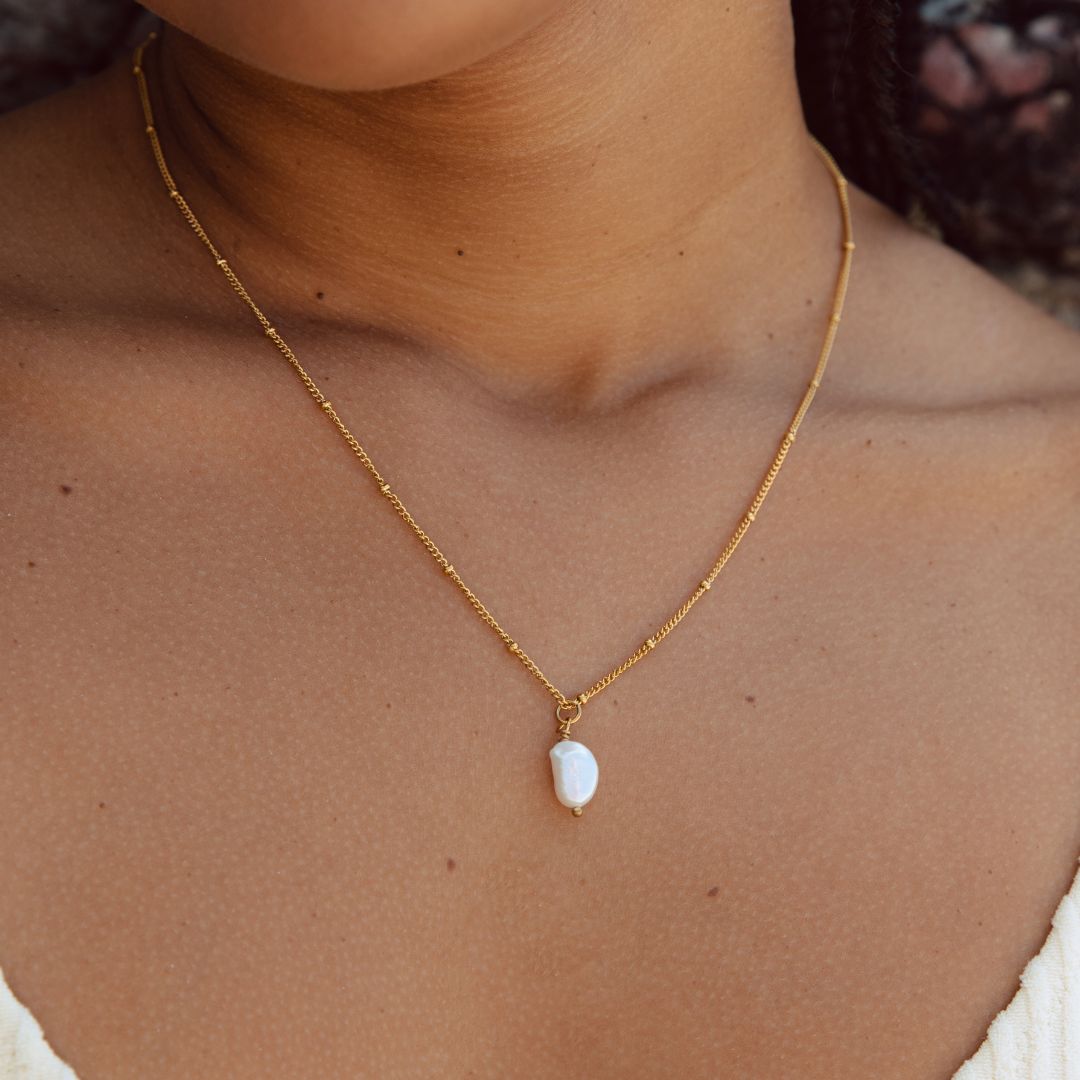

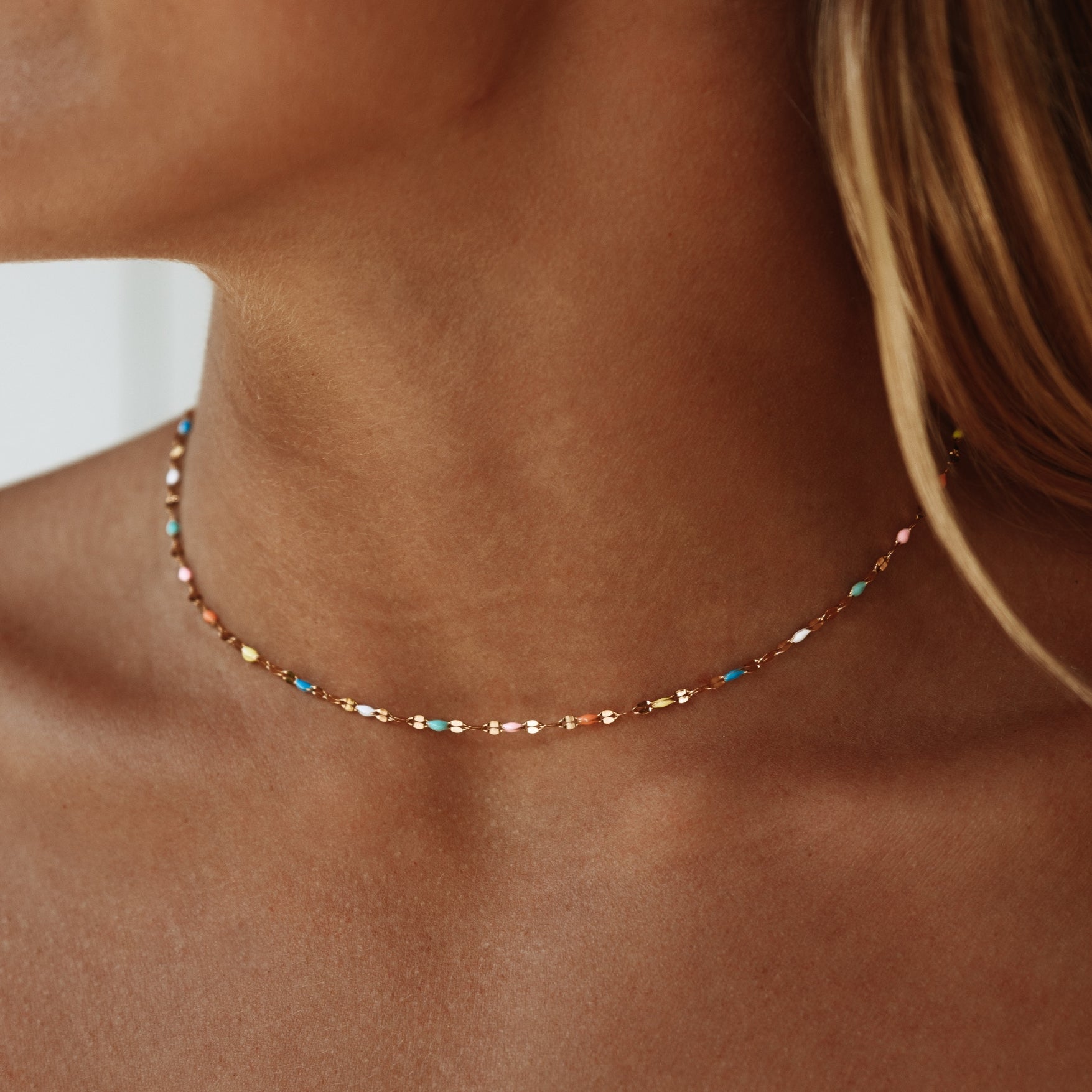


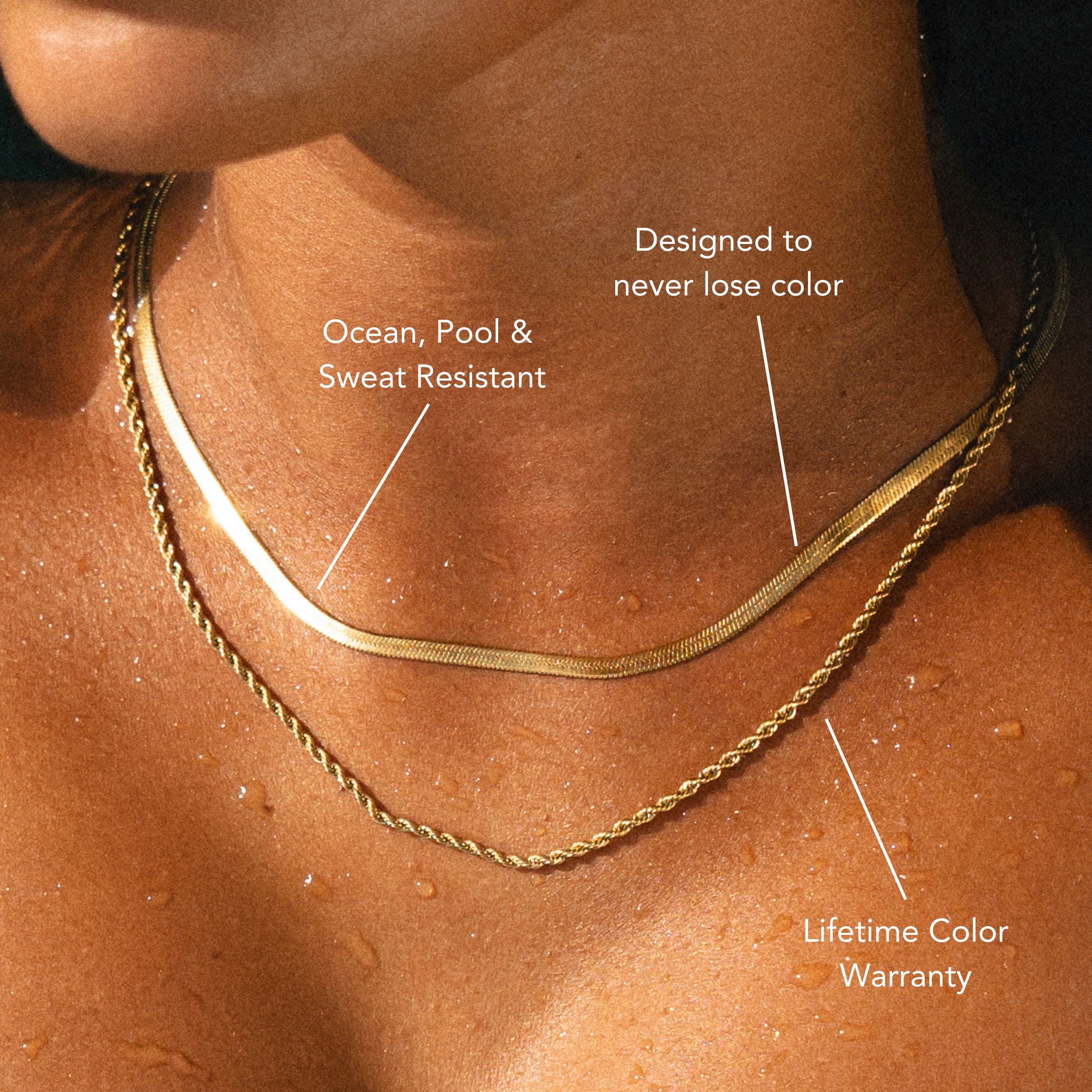
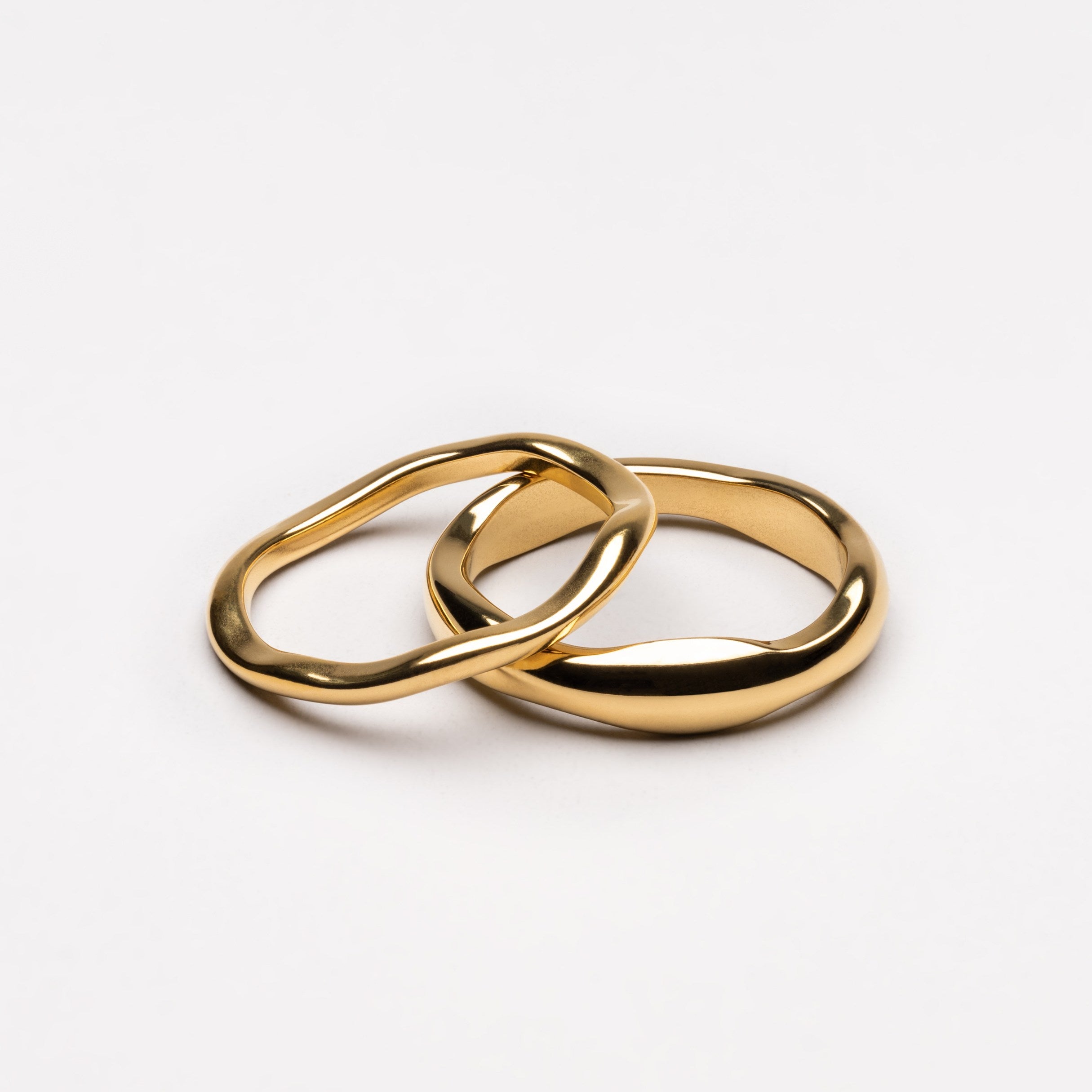
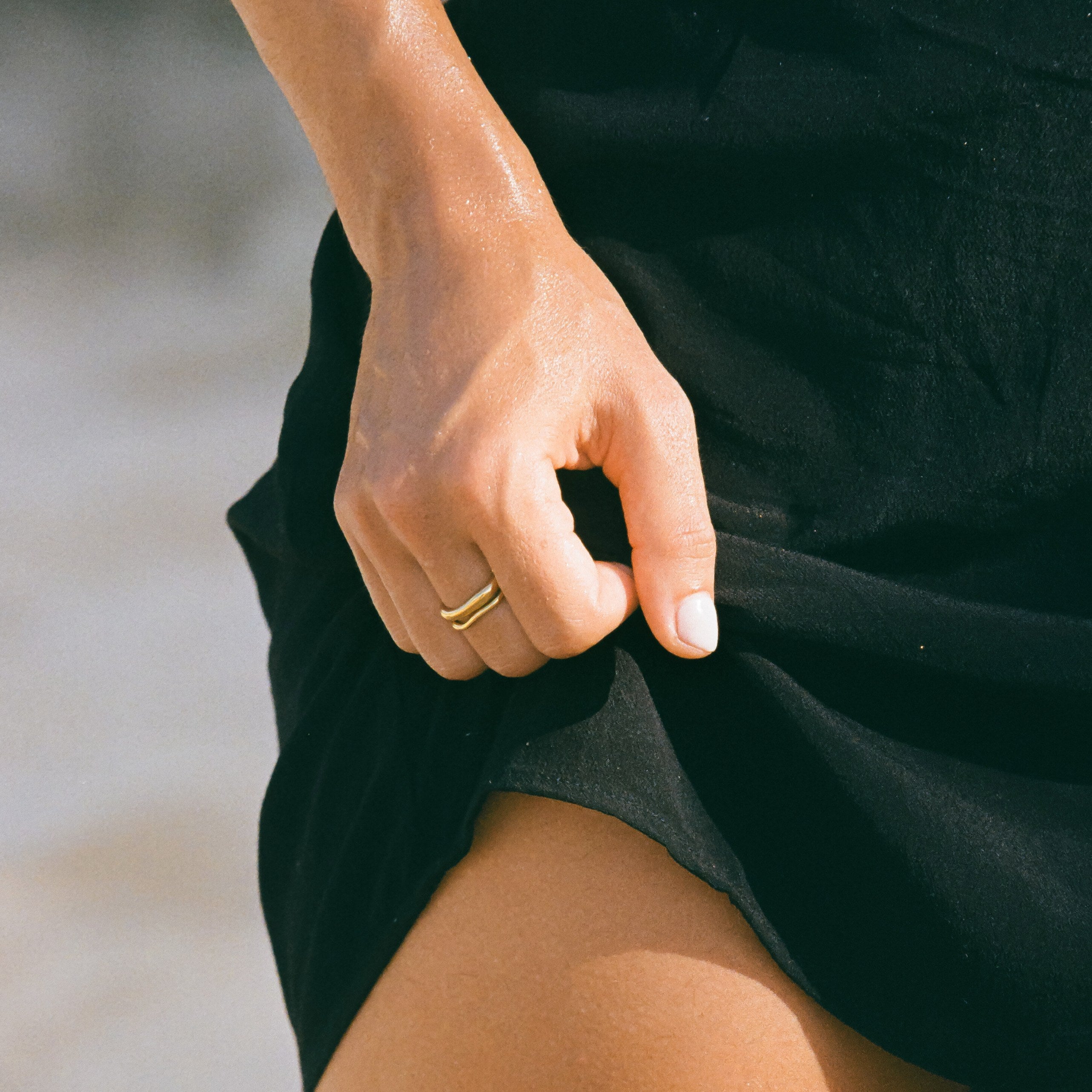

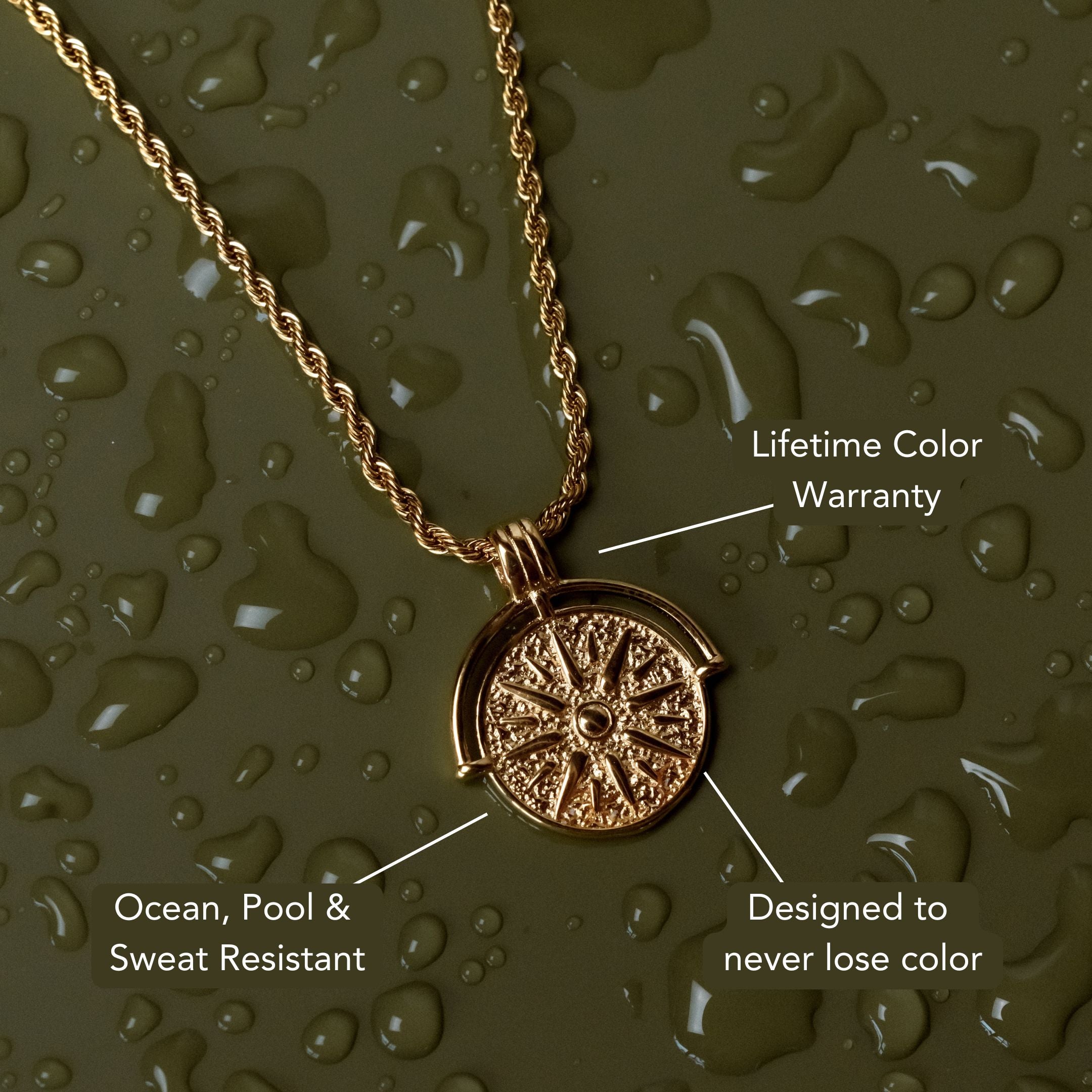
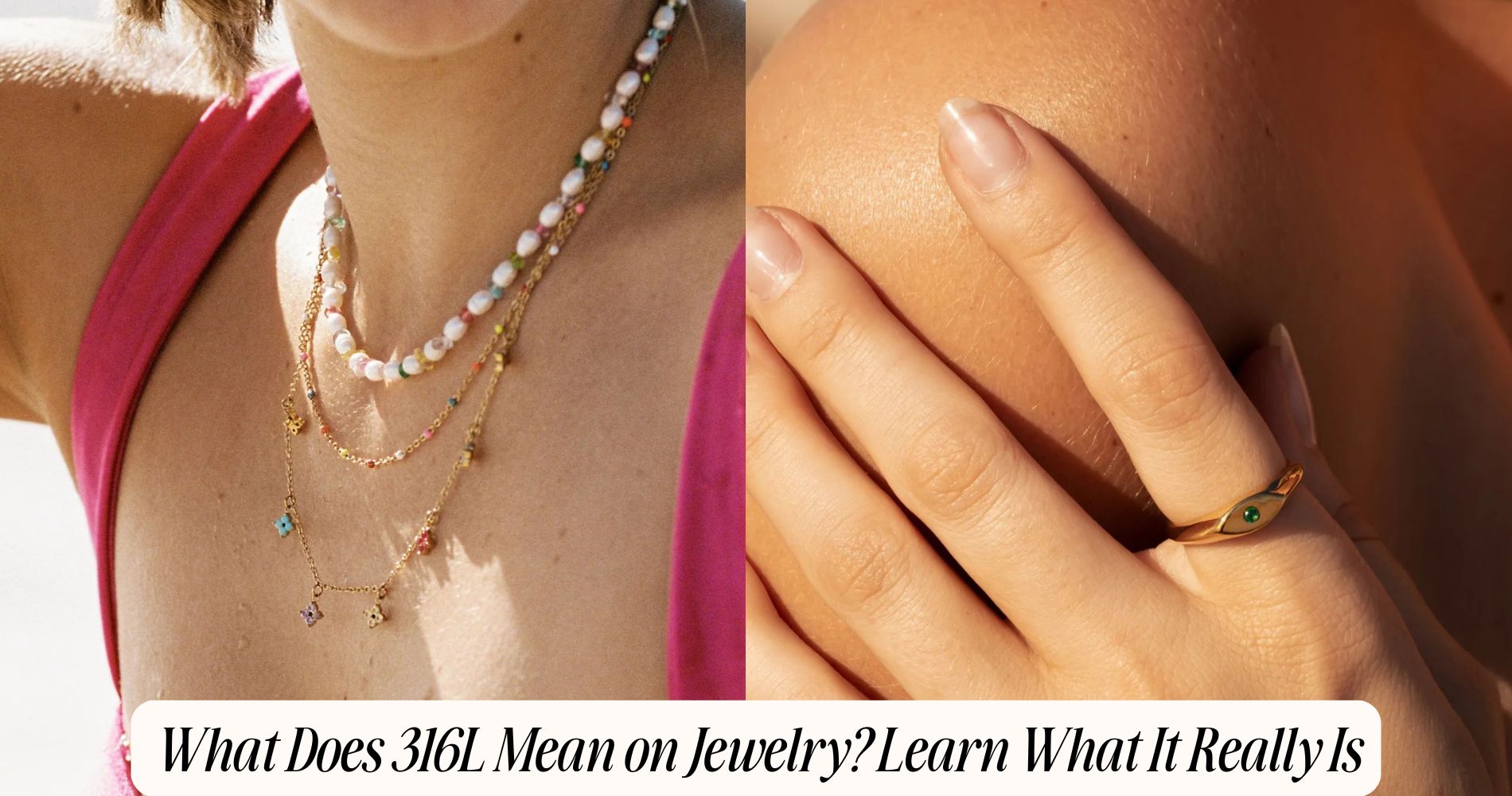
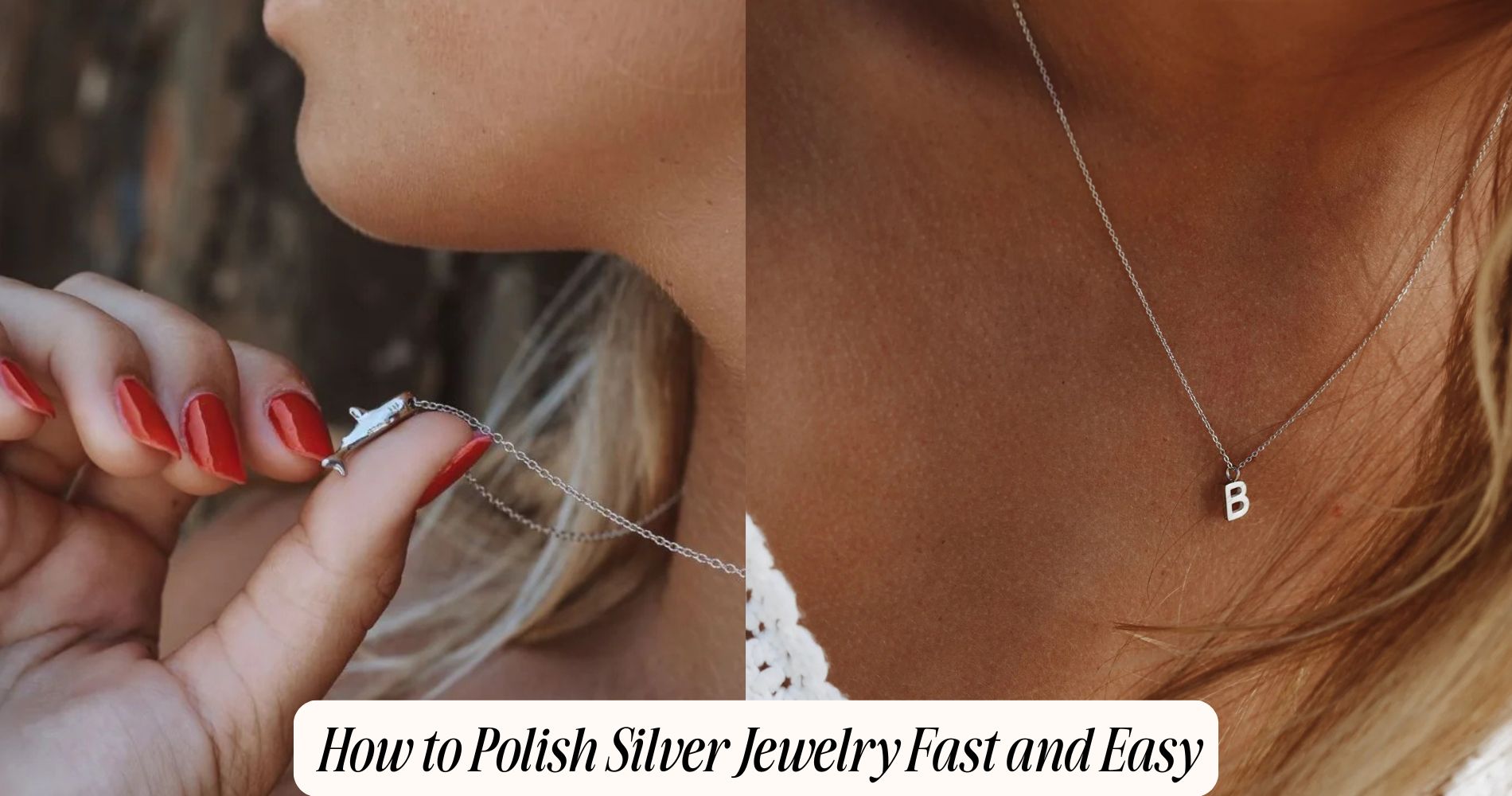




Leave a comment
This site is protected by hCaptcha and the hCaptcha Privacy Policy and Terms of Service apply.